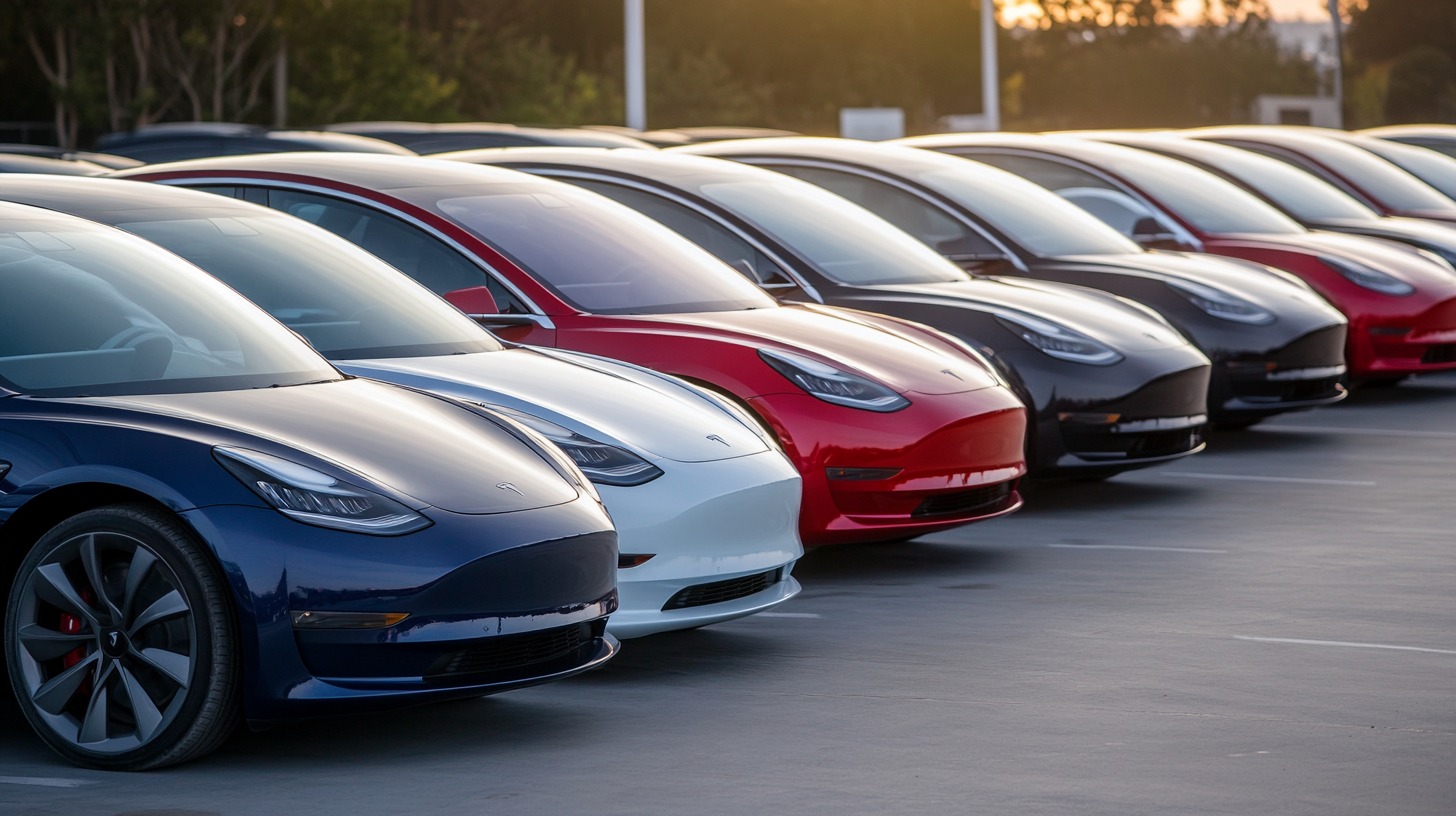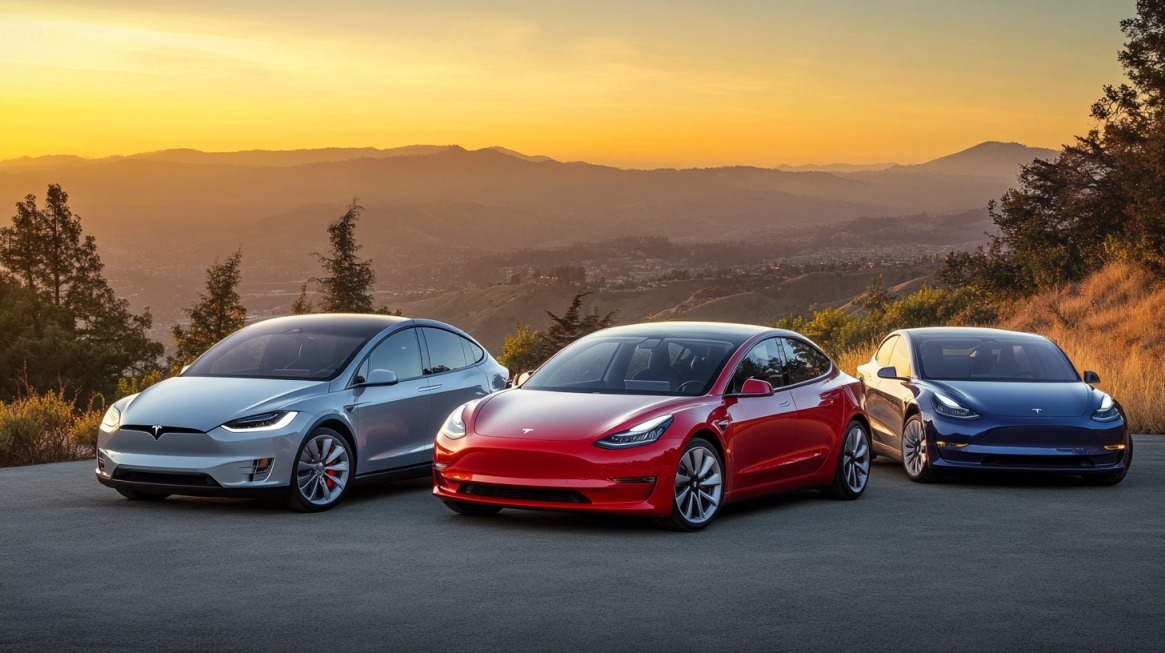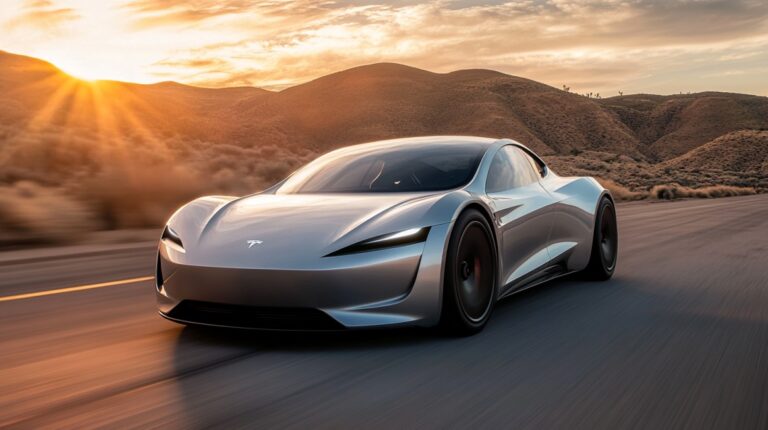Global transportation is undergoing a significant transformation as nations prioritize sustainable practices. Electric cars have emerged as a central force in reducing carbon emissions and improving environmental health.
More than just an alternative to internal combustion engines, EVs represent a comprehensive shift in how mobility is powered, supported, and integrated into modern life.
Let us talk about them in greater detail.
The Evolution and Rise of Electric Vehicles
Electric mobility isn’t a recent phenomenon. In the 19th century, electric carriages briefly outpaced early gasoline cars in popularity, prized for their quiet operation and ease of use.
Wealthy city dwellers favored them for short trips without the noise, fumes, or cranking required by gasoline engines.
That early promise faded due to limited range, slower speeds, and a lack of infrastructure to support widespread use. The 21st century reignited interest in electric mobility.
What began as an environmentally conscious choice evolved into a larger push for energy independence, technological innovation, and long-term sustainability.
EVs are no longer viewed as fringe alternatives. They are now central to transportation policy, city planning, and corporate strategy.
Modern advancements have redefined expectations and removed many of the obstacles that once limited adoption.

- Offer longer driving ranges, quicker charging times, and improved reliability.
- Recover kinetic energy during braking and convert it into usable electricity, increasing overall efficiency.
- Enable users to schedule charging sessions, optimize energy use, and interface with smart grids.
Global automakers are accelerating electric vehicle production, pushing EVs into the mainstream.
Once limited to early adopters and tech enthusiasts, EVs are now promoted in large-scale marketing campaigns, incentivized by governments, and prioritized in family and business budgets.
- Automakers phasing out internal combustion engine development in favor of fully electric models.
- Government policies and regulations supporting EV infrastructure and offering purchase incentives.
- Growing consumer demand driven by awareness of cost savings, performance, and environmental benefits.
- Urban planning efforts to reduce emissions and integrate charging stations in public and residential areas.
EVs are no longer a futuristic concept, they are an essential part of current and future transportation solutions.
Environmental Impact and Sustainability
Electric vehicles play a crucial role in improving air quality by producing zero tailpipe emissions.
In urban centers, this directly results in lower levels of nitrogen dioxide and particulate matter, which are primary contributors to smog and respiratory illnesses.
Cleaner air improves public health outcomes and reduces healthcare costs associated with pollution-related conditions such as asthma and cardiovascular disease.

- Zero tailpipe emissions: No exhaust gases, which significantly improves air quality.
- Lower greenhouse gas emissions: Especially when paired with solar or wind energy sources.
- Higher energy efficiency: Less energy wasted during acceleration and deceleration.
- Reduced noise pollution: Quieter operation leads to calmer, less stressful cities.
Urban noise levels will decrease as EVs replace noisy combustion engines.
It leads to calmer neighborhoods, better sleep quality for residents, and reduced stress for both pedestrians and drivers.
Streets become more walkable, encouraging more active modes of transportation such as biking and walking.
Sustainability also depends on responsible battery use and disposal. Battery production requires rare earth elements and metals such as:
- Lithium
- Cobalt
- Nickel
Concerns over environmental harm and labor conditions have pushed both companies and governments to respond with more ethical and environmentally conscious practices.
- Systems to recover and reuse key battery materials.
- Repurposing used EV batteries for stationary storage.
- Tracking and improving conditions in mining operations.
Global collaboration is underway to reduce dependence on environmentally harmful extraction and improve transparency in supply chains.
Economic Benefits of Electric Vehicles
Operating an electric vehicle typically costs significantly less than fueling a traditional gas-powered car.
Electricity is cheaper on a per-mile basis compared to gasoline, and EV owners often benefit from charging at home during off-peak hours.
Maintenance expenses are also notably reduced, thanks to the simplicity of electric drivetrains. EVs do not require oil changes, contain fewer fluids, and experience less wear on braking systems due to regenerative braking technology.
Over time, these savings can add up substantially for individuals and businesses alike.
Industries tied to electric vehicles are expanding at an unprecedented pace. Battery production facilities, software development firms focused on vehicle automation and connectivity, and EV manufacturing plants are fueling employment growth worldwide.
Economic activity isn’t limited to factories, research labs, tech startups, and construction firms are all seeing opportunity as electric mobility accelerates.
- Companies are investing in solid-state batteries, recycling technologies, and supply chain optimization.
- Developers are designing platforms for battery health monitoring, vehicle performance optimization, and navigation based on charging station locations.
- Auto factories are retooling for EV production, with demand rising for engineers, technicians, and machine operators.
- Thousands of workers are building and maintaining public and private charging networks.
- Electrified delivery and service fleets are becoming industry standards, requiring planning, training, and monitoring teams.
Reducing reliance on oil has broader economic implications.
Nations that import large volumes of petroleum face volatile pricing and geopolitical risk. EVs cut that dependence by shifting energy needs to domestic power grids.
Integration with the Energy and Utility Industry

Electric vehicles are reshaping how energy is consumed, stored, and distributed across modern grids.
Utilities and energy providers are adapting to meet both challenges and opportunities presented by electrified mobility.
A critical aspect of this shift is the role of smart grids, which facilitate two-way communication between consumers and energy providers.
The system enables vehicles to charge during off-peak hours and return electricity to the grid through vehicle-to-grid (V2G) technology, stabilizing supply and reducing demand surges.
- Load balancing during peak demand through V2G discharge
- Optimized charging schedules based on real-time grid conditions
- Improved grid resilience through decentralized energy storage in EV batteries
Charging infrastructure is also evolving rapidly. Stations powered by solar and wind sources help ensure that EVs operate using cleaner electricity.
Explore why solar-powered EV charging stations gain popularity in sunny regions, enhancing sustainability and cost savings.https://t.co/GKXrP58q44
— Slobodan (@Slobodan88) March 16, 2025
When strategically planned, renewable-powered charging hubs reduce strain on fossil fuel-based generation and minimize environmental impact.
- Lower emissions due to cleaner power sources
- Reduced grid strain through distributed charging
- Greater alignment between mobility and sustainability goals
Utilities are also leading by example. Many have begun electrifying their own fleets, deploying:
- Electric vans
- Trucks
- Support vehicles
These internal transitions help reduce fuel costs, meet emissions targets, and demonstrate scalable adoption models for other sectors.
The Bottom Line
Electric vehicles have become integral to the global movement toward sustainability.
Cleaner energy use, smarter infrastructure, and economic innovation all converge in this shift toward electrified transportation.
Supporting and embracing EV adoption is not just a consumer choice—it’s a collective commitment to a healthier, more efficient future.

